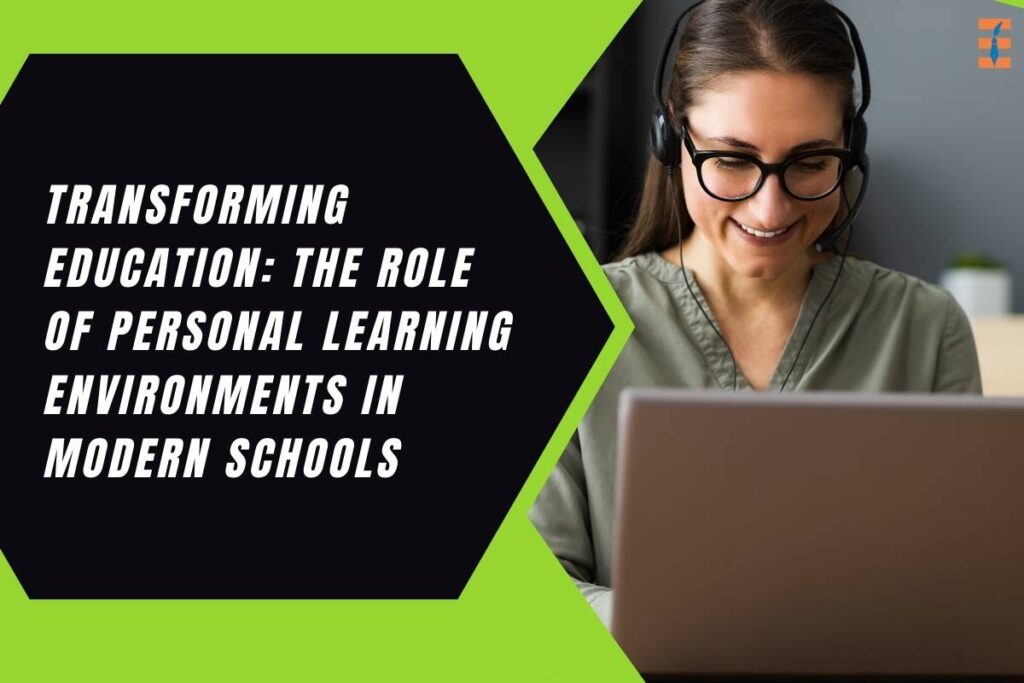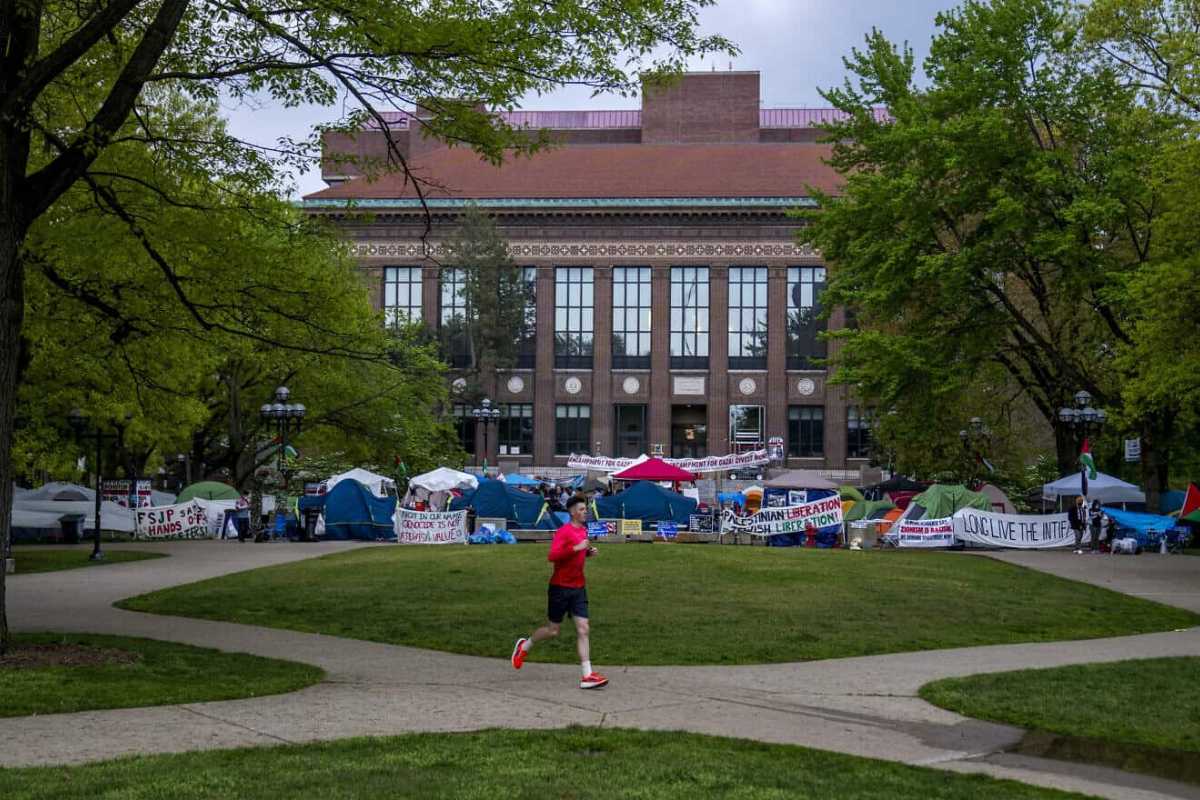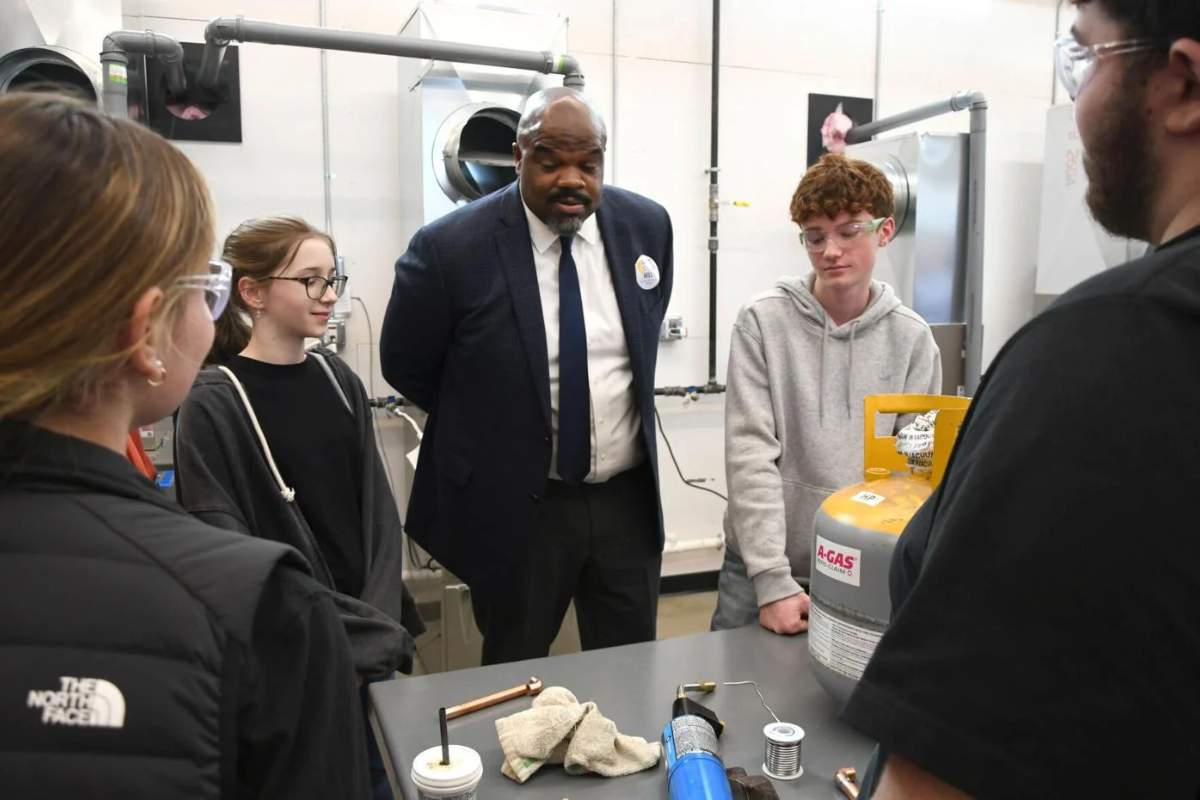In the evolving landscape of education, the concept of a Personal Learning Environment (PLE) has emerged as a pivotal tool in shaping how students learn and interact with educational resources. A PLE encompasses the digital tools, resources, and networks that individuals use to support their learning, tailored to their specific needs, preferences, and goals. This article explores the significance of PLEs in modern schools, their impact on student engagement and achievement, and the challenges and opportunities they present for educators and learners alike.
Defining Personal Learning Environments
At its core, a Personal Learning Environment (PLE) is a dynamic and individualized approach to learning, facilitated by technology and tailored to the learner’s unique requirements. Unlike traditional classroom settings where instruction is uniform and often standardized, PLEs empower students to curate their learning experiences. This may involve integrating a variety of digital tools such as educational apps, online platforms, social media, and personal devices into their learning process. By doing so, students can access information, collaborate with peers, create content, and receive feedback in ways that resonate with their learning styles and preferences.
Educators play a crucial role in guiding students in the creation and utilization of their PLEs. They facilitate the exploration of suitable tools and resources, promote digital literacy skills, and encourage students to reflect on their learning journey. As PLEs are inherently personalized, they foster a sense of ownership and responsibility for learning outcomes, empowering students to become self-directed learners capable of navigating an increasingly complex and interconnected world.
Benefits of Personal Learning Environments
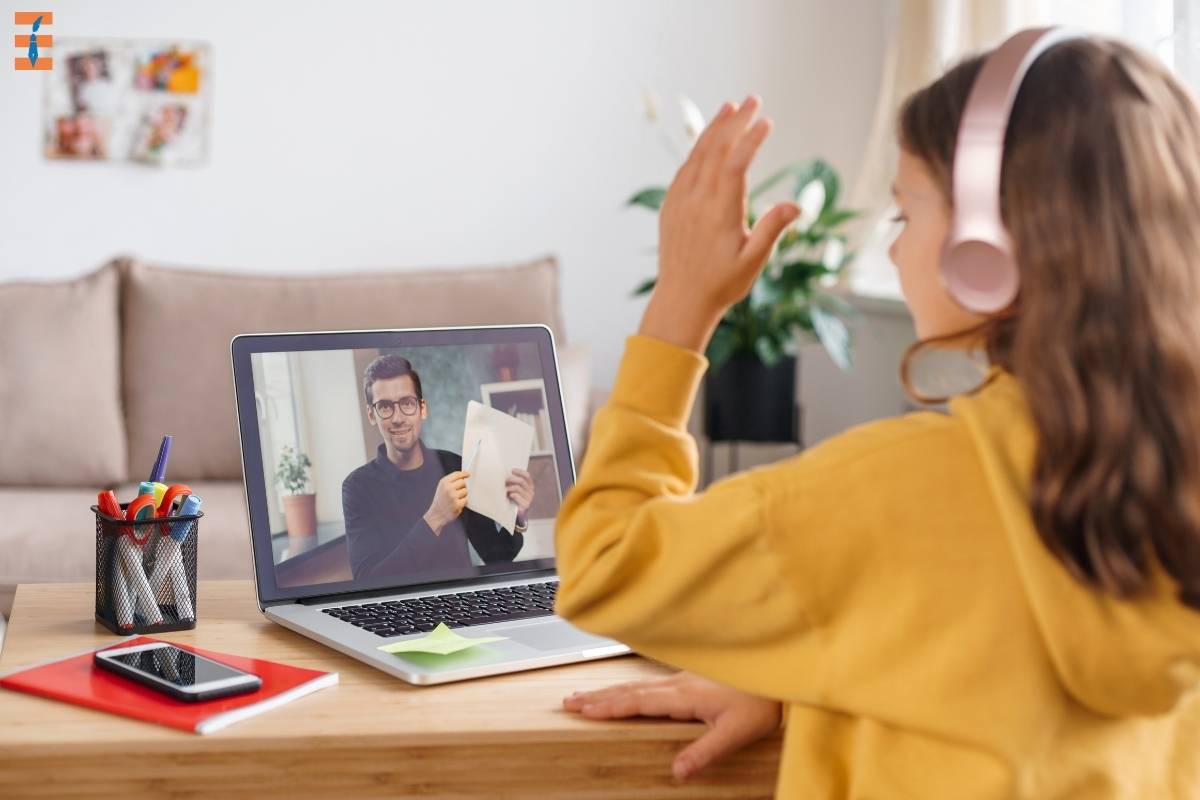
The adoption of PLEs in educational settings brings forth a multitude of benefits for both students and educators. One of the primary advantages is enhanced engagement. When students have the freedom to tailor their learning experiences according to their interests and preferences, they are more likely to remain motivated and invested in their studies. This personalized approach also accommodates diverse learning needs, allowing students with varying abilities and backgrounds to thrive.
Furthermore, PLEs promote collaboration and knowledge sharing among students. Through online forums, social media groups, and virtual study sessions, learners can connect with peers locally and globally, exchanging ideas, insights, and perspectives. This collaborative aspect not only enriches the learning experience but also cultivates important 21st-century skills such as communication, teamwork, and digital citizenship.
Another significant benefit of Personal Learning Environments (PLEs) is their flexibility and adaptability. In traditional educational models, students often follow a fixed curriculum and timetable. In contrast, PLEs enable learning to occur anytime, anywhere, and at a pace that suits the individual learner. This flexibility is particularly advantageous in accommodating diverse learning styles and addressing the needs of students who may require additional support or challenge.
Moreover, Personal Learning Environments (PLEs) contribute to the development of critical thinking and problem-solving skills. By actively selecting, evaluating, and organizing digital resources, students hone their information literacy skills and learn to discern credible sources from misinformation—a crucial skill in the digital age. Additionally, the process of constructing and refining their PLE encourages metacognition, as students reflect on their learning strategies, strengths, and areas for improvement.
Challenges and Considerations

While the benefits of Personal Learning Environments (PLEs) are substantial, their implementation in educational settings is not without challenges. One primary concern is ensuring equitable access to technology and digital resources for all students. Socioeconomic disparities may limit some learners’ ability to fully engage with PLEs outside of school, potentially exacerbating existing educational inequalities. Addressing these disparities requires schools to invest in infrastructure, provide devices and internet access, and offer support to students and families who may lack technological proficiency.
Another challenge is the management and integration of diverse digital tools within the curriculum and Personal Learning Environments (PLEs). Educators must navigate the vast array of educational apps, platforms, and resources available, selecting those that align with learning objectives while avoiding digital overload. Additionally, maintaining students’ privacy and data security is paramount when utilizing online platforms and social media within PLEs, necessitating clear policies and safeguards to protect sensitive information.
Furthermore, the shift towards Personal Learning Environments (PLEs) necessitates educators to adopt a facilitative approach, guiding students in navigating their PLEs instead of traditional lecturing. This transition demands ongoing professional development and collaboration among educators to effectively integrate technology and support student-centered learning environments.
Case Studies and Success Stories
Despite these challenges, numerous schools and educators have successfully integrated Personal Learning Environments (PLEs) into their teaching practices, yielding positive outcomes for student learning and engagement. For example, a high school in California implemented a PLE initiative where students used personalized dashboards to access course materials, track progress, and collaborate with peers and teachers. This approach not only increased student motivation and academic achievement but also fostered a sense of ownership and responsibility for learning outcomes.
In another instance, a primary school in Singapore introduced a blended learning model supported by Personal Learning Environments (PLEs), enabling students to access digital resources, participate in online discussions, and create multimedia projects aligned with their interests. This holistic approach to learning empowered students to develop 21st-century skills while promoting self-directed inquiry and creativity.
Future Directions and Innovations
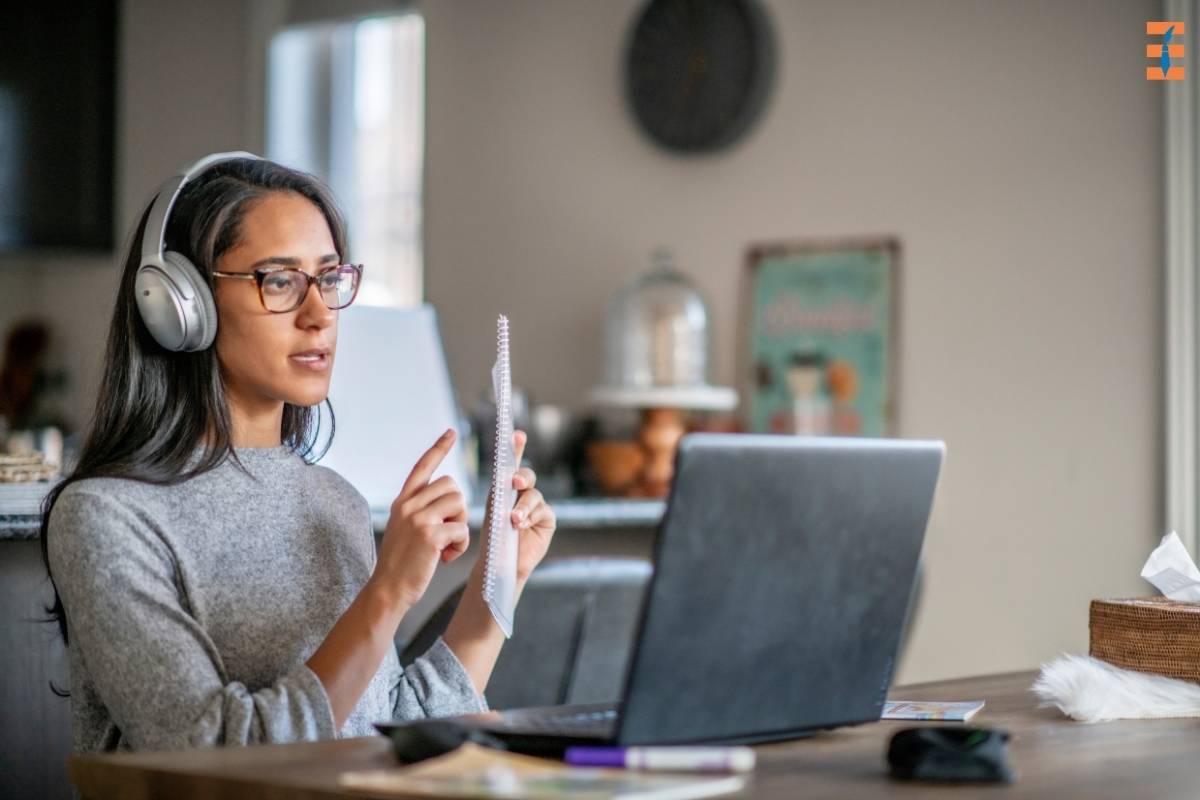
Looking ahead, the evolution of Personal Learning Environments (PLEs) in education continues to pave the way for innovative practices and approaches to teaching and learning. Advances in artificial intelligence (AI) and adaptive learning technologies hold promise for further personalizing educational experiences within PLEs, providing real-time feedback, and tailoring content to individual learning profiles. Additionally, the integration of immersive technologies such as virtual and augmented reality into PLEs offers new opportunities for experiential learning and simulation-based education.
Moreover, the ongoing collaboration between educators, researchers, and technology developers is essential in refining Personal Learning Environment (PLE) frameworks and tools. This effort aims to address challenges, expand global access to quality education, and ensure PLEs are inclusive for all learners. By leveraging innovative technologies and pedagogical insights, stakeholders work to create adaptable and user-friendly platforms that empower learners, promote educational equity, and cultivate essential 21st-century skills. This collaborative approach is pivotal in shaping a future where personalized learning environments play a central role in fostering lifelong learning and preparing individuals for success in a diverse and dynamic world.
Conclusion
In conclusion, the concept of Personal Learning Environments represents a transformative shift in education, emphasizing personalized, student-centered learning experiences facilitated by technology. By empowering learners to curate their educational journey, PLEs foster engagement, collaboration, critical thinking, and adaptability—skills essential for success in the digital age and beyond. As schools continue to embrace and evolve PLE frameworks, they have the opportunity to nurture a generation of lifelong learners equipped to thrive in a rapidly changing world.

